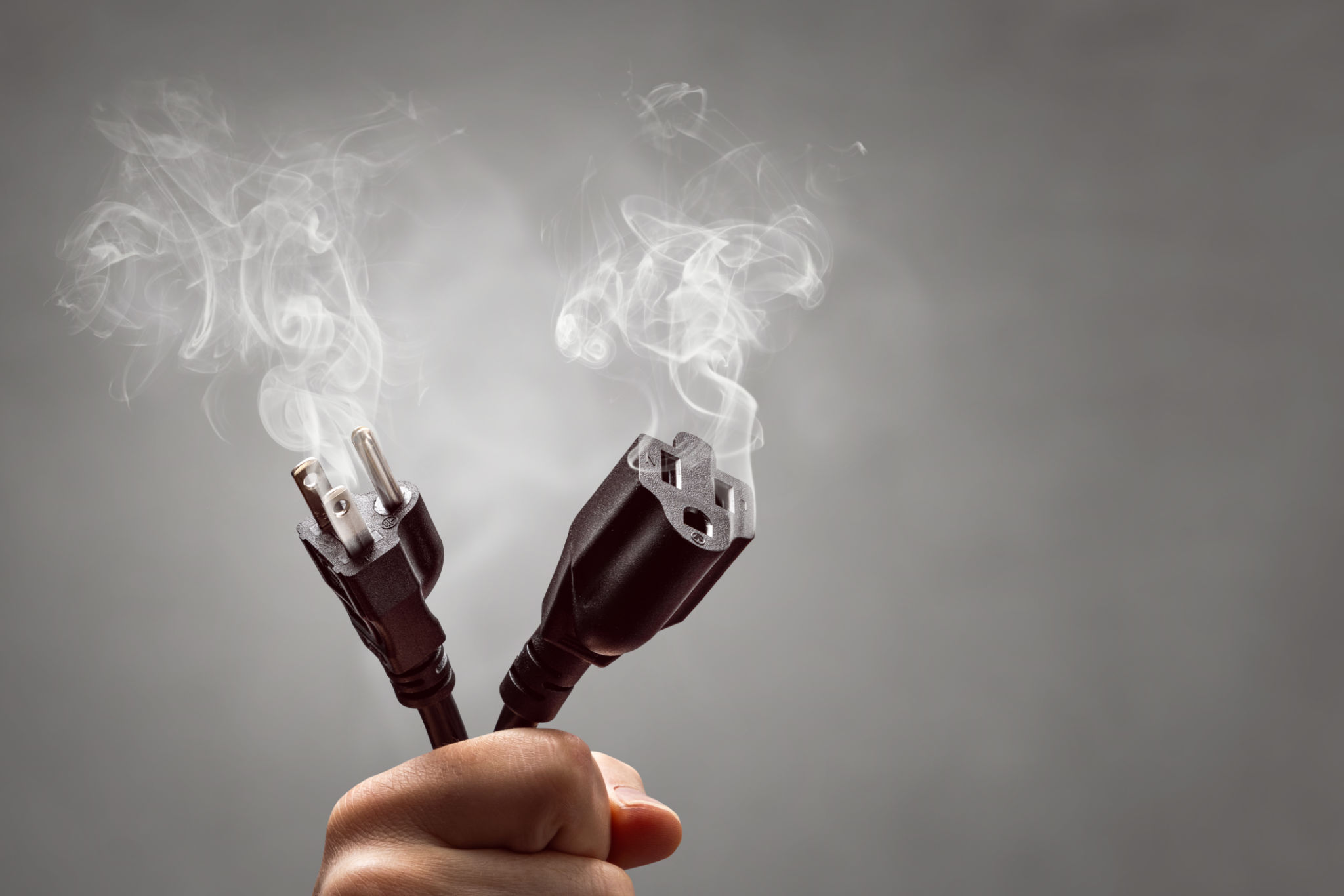Myth-Busting: Common Misconceptions About Home Electrical Systems
Understanding Home Electrical Systems
Home electrical systems can seem complex and daunting, leading to numerous misconceptions about their safety and function. Many homeowners are uncertain about how their electrical systems operate, which can result in misunderstandings. This article will debunk some of the most common myths surrounding home electrical systems and provide clarity on these critical components of your home.

Myth 1: Circuit Breakers Protect Against All Electrical Hazards
One of the most prevalent myths is that circuit breakers offer complete protection against all electrical hazards. While circuit breakers are essential in preventing overloads and short circuits, they do not safeguard against all types of electrical failures. For instance, they cannot detect ground faults or protect against electrical shocks. To ensure comprehensive safety, it's crucial to install additional devices like ground fault circuit interrupters (GFCIs) in areas prone to moisture.
Myth 2: DIY Electrical Work Is Safe with Online Guides
The internet is full of DIY guides for home projects, including electrical work. While these resources can be helpful, they often oversimplify the complexity and risk involved. Electrical repairs require specialized knowledge and skills. Attempting DIY fixes without proper expertise can lead to severe injuries or even fires. It's always best to hire a licensed electrician to handle electrical issues safely and effectively.

Myth 3: Flickering Lights Are Normal
Many homeowners dismiss flickering lights as a common occurrence. However, flickering can indicate underlying issues such as loose connections, overloaded circuits, or faulty wiring. Ignoring these signs can lead to more severe problems, including electrical fires. If you notice persistent flickering, it's advisable to have your electrical system inspected by a professional.
The Truth Behind Common Electrical Assumptions
Myth 4: All Wiring Is the Same
A common misconception is that all electrical wiring is identical. In reality, different wires serve specific purposes and have varying capacities. Using the wrong type or size of wire can result in overheating and potential fires. Always ensure that your home's wiring is appropriate for its current load and complies with local electrical codes.

Myth 5: Power Strips Can Handle Unlimited Devices
Power strips are a convenient way to increase the number of available outlets; however, they are not designed to handle unlimited devices. Overloading a power strip can cause overheating and increase the risk of fire. It's vital to know the load capacity of your power strip and avoid exceeding it by distributing devices across different circuits.
Myth 6: Older Homes Are Automatically Unsafe
While older homes may have outdated electrical systems, this does not automatically mean they are unsafe. Many older homes have been updated with modern wiring and safety features. Nonetheless, it's important to have regular inspections to ensure that any updates meet current safety standards. Keeping an eye on wear and tear can help maintain safety over time.
Conclusion: Enhancing Electrical Safety at Home
By debunking these common myths, homeowners can gain a better understanding of their electrical systems and take proactive steps to ensure safety. Remember, when it comes to electricity, safety should always be a priority. Regular maintenance and professional inspections are key to preventing hazards and maintaining an efficient home electrical system. Trust the experts to handle complex issues and enjoy peace of mind knowing your home is safe.
